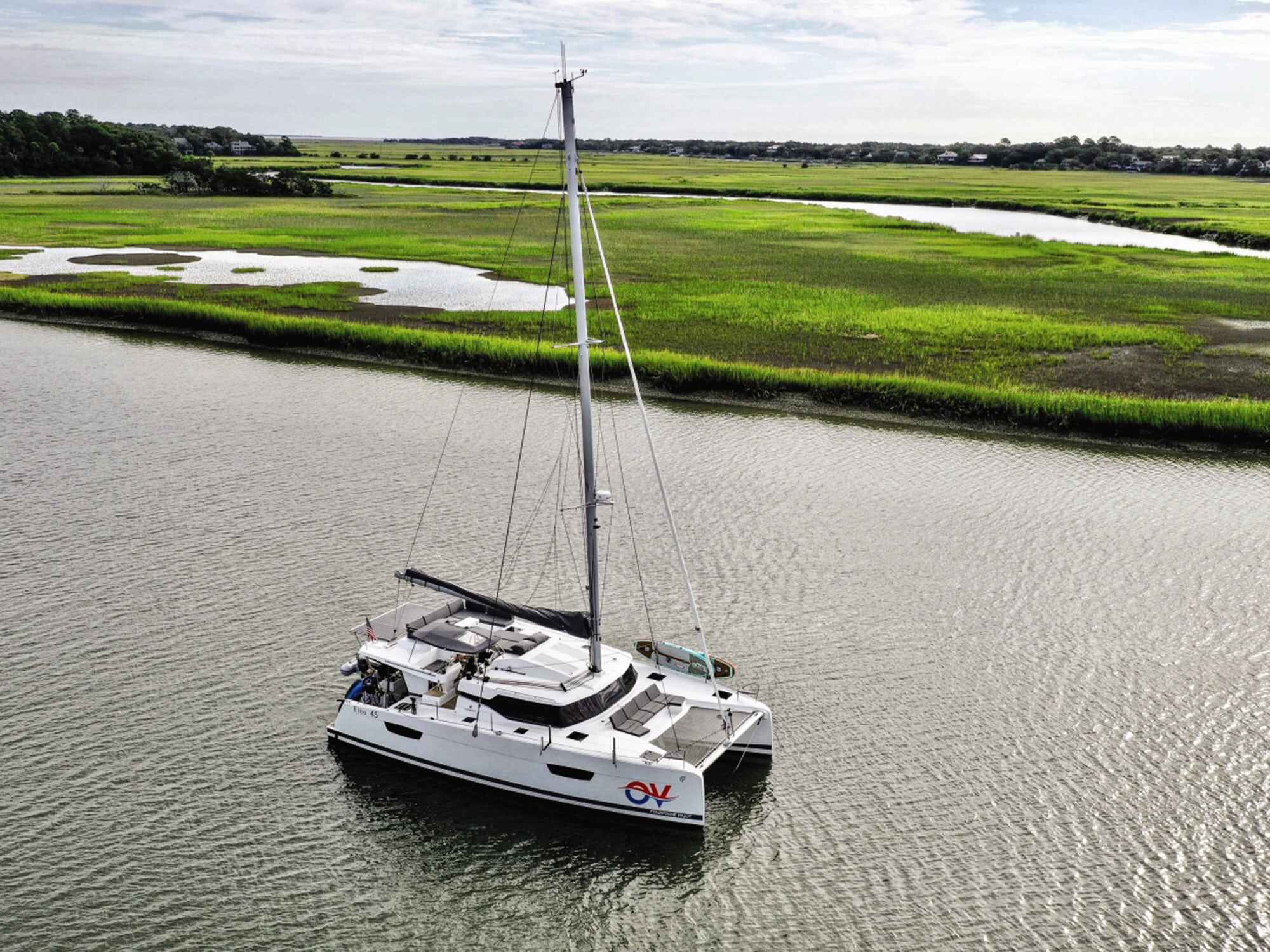Hidden Ancient Seaways Of South Carolina’s Lowcountry

Have you ever wondered about the hidden ancient seaways of South Carolina's Lowcountry? These waterways, once bustling with activity, hold secrets of the past waiting to be uncovered. Imagine paddling through winding creeks and rivers that Native Americans and early settlers once navigated. These routes were vital for trade, travel, and communication. Today, they offer a unique glimpse into history and nature. Whether you're an avid kayaker or a history buff, exploring these ancient seaways can be a thrilling adventure. From the Ashley River to the Waccamaw, each waterway has its own story to tell. Ready to dive into the past?
Hidden Ancient Seaways of South Carolina's Lowcountry
South Carolina's Lowcountry is a treasure chest of history, culture, and natural beauty. Among its many secrets are ancient seaways that once served as vital routes for trade, travel, and exploration. These waterways, often overlooked, offer a glimpse into the past and a unique way to experience the region's rich heritage.
Exploring the Intracoastal Waterway
The Intracoastal Waterway is a network of canals, rivers, and bays that stretches along the eastern seaboard of the United States. In South Carolina, it provides a scenic and historic route through the Lowcountry.
Winyah Bay: This estuary near Georgetown was a crucial port for early settlers and traders. Today, it's a haven for wildlife and a great spot for boating and fishing.
Santee River: Flowing into the Atlantic, the Santee River was once a major transportation route for Native Americans and European settlers. Its banks are lined with historic plantations and lush forests.
Charleston Harbor: This historic harbor has seen centuries of maritime activity, from pirate raids to Civil War battles. It's now a bustling port and a gateway to the city's rich history.
Discovering the Ashley River
The Ashley River winds through the heart of Charleston, offering a journey through time as it passes by historic sites and natural wonders.
Middleton Place: This plantation, with its stunning gardens and historic buildings, sits on the banks of the Ashley River. It's a window into the lives of the Lowcountry's early settlers.
Drayton Hall: One of the oldest preserved plantation houses in America, Drayton Hall offers a glimpse into the past with its well-preserved architecture and grounds.
Magnolia Plantation and Gardens: Known for its beautiful gardens, this plantation also has a rich history dating back to the 17th century. The Ashley River provides a picturesque backdrop.
Navigating the Edisto River
The Edisto River is one of the longest free-flowing blackwater rivers in North America. Its dark, tannin-rich waters meander through the Lowcountry, offering a serene and scenic journey.
Givhans Ferry State Park: This park is a great starting point for exploring the Edisto River. It offers camping, fishing, and kayaking opportunities.
Edisto Island: Known for its unspoiled beaches and historic sites, Edisto Island is a hidden gem. The river provides access to its natural beauty and rich history.
Botany Bay Plantation Heritage Preserve: This preserve on Edisto Island features historic ruins, pristine beaches, and diverse wildlife. The Edisto River adds to its charm and accessibility.
Unveiling the Secrets of the Combahee River
The Combahee River is steeped in history, from its role in the Revolutionary War to its significance in the Civil War. Exploring this river offers a journey through time and nature.
Combahee River Raid Site: This site marks where Harriet Tubman led a daring raid during the Civil War, freeing over 700 enslaved people. It's a powerful reminder of the river's historical significance.
ACE Basin National Wildlife Refuge: This vast refuge encompasses the Ashepoo, Combahee, and Edisto rivers. It's a haven for wildlife and a great place for birdwatching and kayaking.
Old Combahee Ferry Landing: Once a vital crossing point, this historic site offers a glimpse into the past and a peaceful spot to enjoy the river's beauty.
Venturing into the Cooper River
The Cooper River flows through the heart of Charleston, offering a mix of history, industry, and natural beauty.
Cypress Gardens: This beautiful garden features swamp boat tours, walking trails, and a butterfly house. The Cooper River adds to its tranquil charm.
Mepkin Abbey: This Trappist monastery on the banks of the Cooper River offers serene gardens, historic buildings, and a peaceful retreat.
Charleston Naval Shipyard: Once a bustling hub of naval activity, the shipyard now offers tours and a glimpse into Charleston's maritime history.
Discovering South Carolina's Hidden Seaways
South Carolina's Lowcountry offers more than just beautiful landscapes. Its hidden ancient seaways tell stories of the past, connecting us to the region's rich history. Exploring these waterways, you can find remnants of old trade routes, sunken ships, and forgotten settlements. Each journey along these paths reveals a piece of history, making every trip unique.
Whether you're a history buff or just love nature, these seaways provide a perfect blend of both. Kayaking, boating, or even hiking along the shores can give you a glimpse into the past while enjoying the present. The Lowcountry's hidden seaways are a treasure waiting to be explored, offering adventure and education in one package.
Next time you're in South Carolina, take some time to explore these ancient paths. You'll leave with a deeper appreciation for the area's history and natural beauty.

